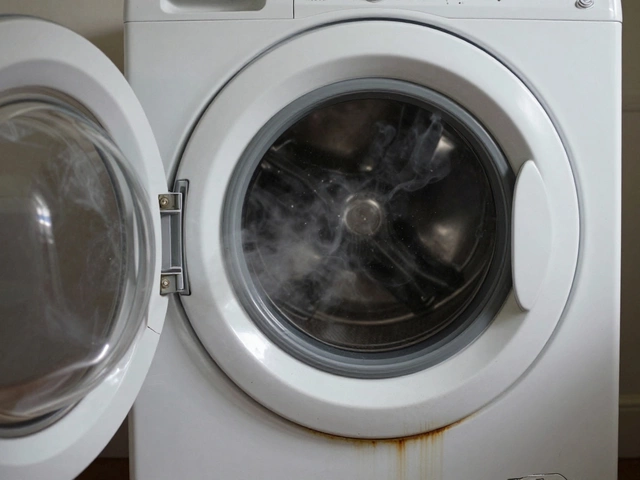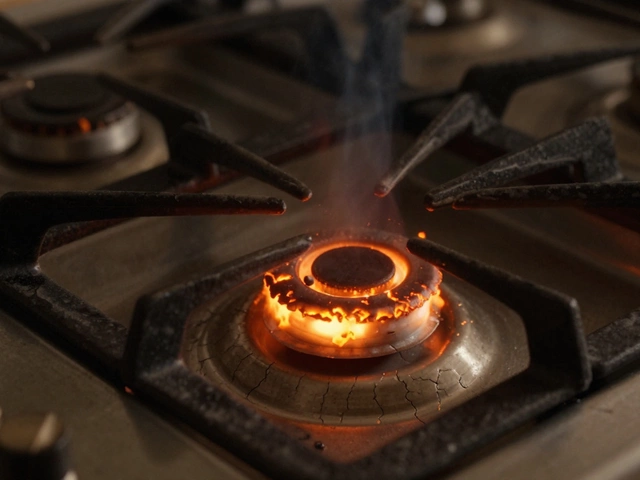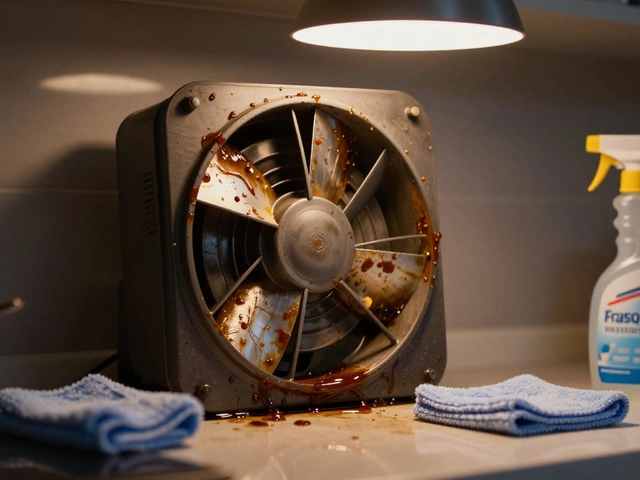Kitchen Fan Repair: Quick Fixes & When to Call a Pro
If your kitchen fan has gone silent, you’re not alone. Most homeowners notice a drop in airflow and wonder if it’s something you can sort yourself. The good news? Many fan issues are easy to diagnose and fix with a few tools and a bit of patience.
Common Reasons Kitchen Fans Stop Working
The first step is figuring out what’s causing the problem. Here are the usual suspects:
1. Power loss. Check the switch, the plug, and the circuit breaker. A tripped breaker or a loose plug is often the culprit.
2. Dirty blades or motor. Grease and dust build up quickly over the stove. When the blades can’t spin freely, the motor strains and may shut down.
3. Faulty motor. Motors can overheat or wear out after years of use. If you hear a humming sound but the fan doesn’t spin, the motor might be burnt.
4. Bad wiring or connections. Loose wires inside the fan housing can break the circuit. This is a safety issue, so handle with care.
5. Overloaded filter. Some extractor fans have washable filters. If they’re clogged, airflow drops and the fan may cut out to protect itself.
Step‑by‑Step DIY Fixes
Before you pick up the phone, try these simple steps. You’ll need a screwdriver, a soft brush, a vacuum, and maybe a replacement motor if you get that far.
Step 1 – Turn the power off. Flip the breaker or unplug the fan. Safety first.
Step 2 – Inspect the switch and plug. Look for loose wires or burned contacts. Tighten or replace as needed.
Step 3 – Clean the blades and housing. Remove the grill (usually a few screws), brush off the grease, and vacuum any dust from the motor vent.
Step 4 – Check the filter. If it’s washable, soak it in hot, soapy water, rinse well, and let it dry completely before reinstalling.
Step 5 – Test the motor. With the fan reassembled, turn the power back on. If it still won’t spin, listen for humming. A humming motor that doesn’t turn usually means the bearings are stuck or the motor is burned out.
Step 6 – Replace the motor (if needed). Note the make and model, then order a matching part. Swap the old motor out, reconnect wires, and secure it with the mounting brackets.
If any of these steps feel beyond your comfort zone—especially dealing with wiring or motor replacement—don’t hesitate to call a professional. A qualified technician can spot hidden problems and ensure everything meets safety standards.
Regular maintenance makes a big difference. Wipe the fan grill weekly, run the fan for a few minutes after cooking to clear steam, and give the motor a quick vacuum every few months. This keeps the fan humming along and saves you time and money in the long run.
Bottom line: most kitchen fan hiccups are simple to fix, but safety always comes first. Try the basic checks, clean the fan, and only then consider a motor swap or a pro’s help. Fresh air should be back in no time!
How Hard Is It to Replace an Extractor Fan? DIY Guide & Tips
- Alden Wilder
- Jul 9 2025
- 0 Comments
Thinking of swapping out your extractor fan? Discover if replacing an extractor fan is tough, what skills and tools you need, and insider tips for a smoother job.
View More


